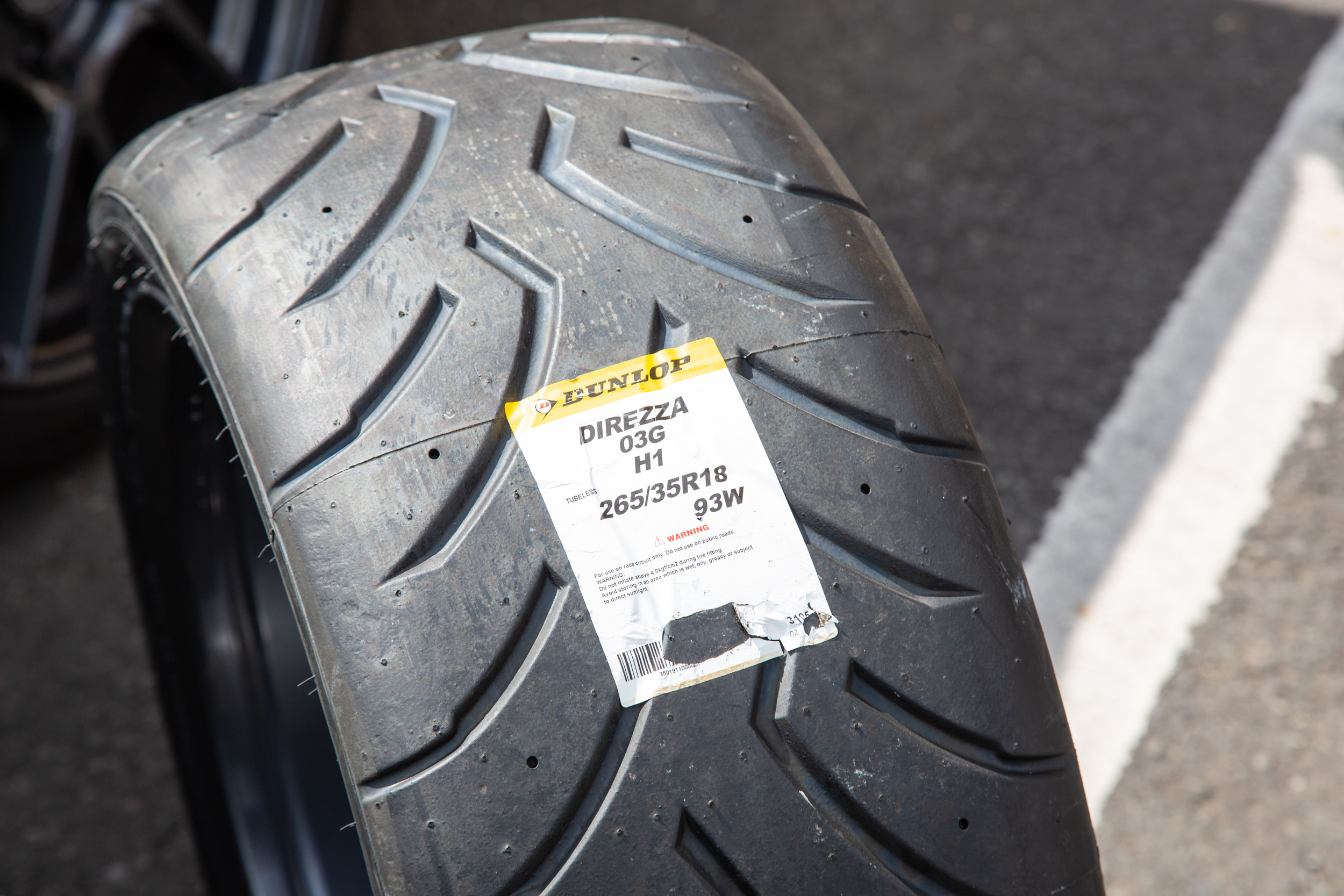All Categories
Featured
Table of Contents
The Michelin provided a comfy driving experience, characterised by responsive guiding and a progressive understeer equilibrium. In spite of the cooler screening problems, Michelin's constant time and hold over 3 laps indicates its viability for real-world applications.
One more noteworthy element was Yokohama's workout time. The tire's first lap was a 2nd slower than the second, aiming to a temperature-related hold boost. This recommends the Yokohama may beam in completely dry, race-like conditions. For daily usage, the Michelin may be a much safer wager. Next off in line was the Hankook.
Honest Tyre Sales Near Me ( Swan)
It shared Michelin's safe understeer balance yet lacked the latter's determination to transform. Continental and Goodyear's efficiencies were noteworthy, with Continental's brand-new PremiumContact 7 revealing a significant enhancement in damp conditions compared to its precursor, the PC6. This model was far much less conscious pack changes and behaved just like the Michelin, albeit with somewhat much less interaction at the limitation.
It combined the risk-free understeer balance of the Michelin and Continental with some sporty handling, proving both foreseeable and fast. As an all-rounder for this Golf GTI, Goodyear's Uneven variety was the standout, showing impressive efficiency in the wet. The Bridgestone Potenza Sporting activity took the crown as the fastest tyre, albeit by a small margin.
This tire got grippier as it heated up, comparable to the Yokohama. Drivers seeking an exciting wet drive could discover this tire worth taking into consideration. The standout entertainer in damp stopping was the newest tire on test, the PremiumContact 7, though the results are nuanced. We carried out wet braking tests in 3 various means, two times at the new state and when at the worn state.
Best Tyre Tuning Near Me
Ideally, we desired the cool temperature test to be at around 5-7C, yet logistical delays suggested we evaluated with an ordinary air temperature level of 8C and water at 12C. While this was cooler than typical test problems, it was still warmer than real-world problems. The cozy temperature examination was done at an average of 18C air and 19C water.
The 3rd run involved damp braking examinations on worn tyres, specifically those machined down to 2mm with a tiny run-in. While we intended to do more with these worn tires, weather condition restrictions limited our testing. It's worth noting that wet braking is most important at the worn state, as tires usually improve in completely dry conditions as they wear.

Bridgestone, Goodyear, and Michelin saw the least performance decrease when used. The Hankook tyre registered the smallest performance decrease as temperature levels cooled down, however it was amongst the most impacted when worn.
Affordable Tyre Checks
The take-home message here is that no solitary tyre mastered all facets of damp stopping, suggesting a complicated interaction of aspects influencing tyre efficiency under different problems. There was a standout tyre in aquaplaning, the Continental completed top in both straight and rounded aquaplaning, with the Michelin and Goodyear also really good in much deeper water.

Yokohama could gain from somewhat even more grip, a concern potentially influenced by the cooler problems. When it comes to dealing with, all tires done within a 2% array on the lap, showing their high-grade performance (Car tyres). Considering these tyres essentially target the very same consumer, it's fascinating to observe the considerable differences in feel.
The shock is since the PremiumContact 6 was just one of my favourites for sporty dry drives, yet its successor, the PremiumContact 7, appears elder and looks like Michelin's efficiency. Among these, Hankook was the least exact in steering and communication at the limitation. Tyre deals. Both Michelin and Continental supplied charming preliminary guiding, albeit not the fastest
If I were to suggest a tire for a rapid lap to a newbie, claim my father, it would certainly be among these. We have the 'enjoyable' tires, namely Yokohama and Bridgestone. Both were quick to steer and really felt sportier than the others, but the trade-off is an extra lively back end, making them extra tough to deal with.
Leading Tyre Deals Near Me (Brabham)
It offered similar guiding to Bridgestone yet supplied better comments at the restriction and much better grip. The Bridgestone Potenza Sporting activity, nonetheless, seemed to break down quite promptly after just three laps on this requiring circuit. Last but not least, there's Goodyear, which placed itself somewhere between the fun tyres and those having a tendency towards understeer.
All in all, these tires are outstanding performers. In terms of tire wear, the method utilised in this examination is what the sector refers to as the 'gold standard' of wear.
Both the Bridgestone and Yokohama tyres significantly underperformed in contrast to the other four tyres in terms of rolling resistance, with Continental slightly outmatching the rest. Regarding the convenience level of the tyres, as expected, a lot of showed an inverted connection with handling. The Continental, Michelin, and Goodyear tyres performed best throughout numerous surface types tested.

Bridgestone started to show signs of firmness, while Yokohama was specifically rough over pits. We did determine internal sound degrees; nonetheless, as is typically the instance, the outcomes were very closely matched, and due to weather constraints, we were not able to carry out a subjective analysis of the tyres sound. We looked at abrasion numbers, which gauge the amount of tire tread lost per kilometre, normalised to a one-tonne lorry.
Leading Tyre Shop – Swan 6055 WA
This number represents the amount of rubber dust your tires generate while driving. Michelin led in this category, generating over 9% much less rubber particle matter.
Latest Posts
Best Cost-effective Car Tyres
Affordable Cheap Tyres Near Me (Koondoola WA)
Reliable Wheel Balancing